Editor's note: this restaurant closed in March 2019.
Bo Shanghai opened in mid 2016, the sister restaurant of Bo Innovation in Hong Kong. It was awarded a Michelin star in the Shanghai 2018 Guide. The joint head chefs here are life partners Simon Wong and Tam DeAille, both of whom were born in Hong Kong but raised in Canada, where they met. Both were studying academic subjects at university (life sciences and engineering respectively) before deciding to switch careers to cooking for a living and moving to culinary school. They worked in Canada for six years as chefs before moving to Bo Innovation in 2014, prior to opening here. Interestingly they have been given considerable latitude to create their own menus here, rather than merely mimicking the dishes at the mothership. For example there were no edible condoms (the signature dish of Bo Innovation) in sight at this meal, which was a tasting menu priced at CNY 1,680 (£191). We sat at a counter by the open kitchen so were able to interact with the chefs, but there was regular seating elsewhere in the dining room, which is accessed via what seemed to be an unrelated bar.
Wine pairing was available at CNY 950 (£108). Sample wines were Egon Muller Scharzhof Riesling 2015 at CNY 980 for a bottle that you can find in the high street for CNY 299, Felton Road Chardonnay Block 6 2015 at CNY 1,280 compared to its retail price of CNY 361, and Ridge Montebello Chardonnay 2014 at CNY 1,688 for a bottle that will set you back CNY 598 in the high street. There were prestige bottles too for those willing to splurge, with Haut Brion 2012 at CNY 9,800 compared to its shop price of CNY 3,896, and Chateau Lafite 2000 at CNY 27,900 for a wine whose current market value is CNY 15,125.
The menu here draws on the eight traditional cuisines of China (Cantonese/Guangdong, Sichuan, Shangdong, Zhejiang, Jiangsu, Hunan, Fujian and Anhui) that are then merged with, or at least inspired by, the cuisines of other countries, the latter switching over time. In this case the menu tonight took its inspiration from Italy. To begin the evening was a trio of appetisers. A sphere served on a spoon took its inspiration from prosciutto melon. Here the sphere contained melon juice with pancetta and a sauce of fermented tofu. A take on bruschetta was a crisp topped with tomato, Hokkaido sea urchin and Italian olives with Chinese olive powder. Finally mozzarella ice cream was interpreted as a spherical gel of tomato with basil oil and balsamic vinegar. The best of these was the “bruschetta”, the crisp delicate and the olives and sea urchin of high quality. The tomato gel sphere also worked nicely, though I was less convinced by the melon and prosciutto sphere, which seemed rather bland. Still, overall these were very pleasant nibbles (14/20).
The first formal dish of the menu was in the Anhui style, whose cuisine includes the “century egg”, a fermented egg. Here the egg was filled with foie gras parfait along with rice wine, with a base of fig jam and aerated chilli foam. This was quite interesting, the egg harder than the usual Cantonese version, the liver flavour a bit subdued but the fig an interesting flavour balance for the foie gras. The chilli foam was surprisingly spicy and perhaps a little dominant a flavour, even to my spice loving taste (13/20).
Next was a dish in Fujian style, applied to the classic Italian dish vitello tonnato. Here the main elements were switched, so instead of veal with a tuna sauce, here we had tuna with a veal sauce. The main element was bluefin tuna belly (otoro), cooked with a blowtorch, served with a veal jus, along with seaweed with bagna cauda, pickled garlic shoots and a bread sauce made with wine, and a powder of the wine must. The idea was interesting and the sauce was fine but for me the tuna was cooked through too much instead of being lightly seared. I think that tuna is pretty much always better raw than cooked, but if it is to be cooked then the lightest of searing is in order; this seemed a waste of a high grade and quite expensive product (12/20).
This was followed by a dish in Hunanese style. Tenderloin wagyu beef from the USA was served as tartare with a pickled green chilli oil, fried beef tendon, fermented Hunan radish and Chinese caviar. This worked nicely, the meat of good quality and the combination of the sour effect from the pickled radish, the saltiness of the caviar and the bite of chilli nicely lifted the dish (15/20). Next was a dish in Jiangsu style, inspired by an Italian seafood salad. Blue lobster from Brittany was served as a kind of salad, the other elements here being salted duck egg yolk zabaglione, scallop powder, sea grapes, iceberg lettuce, a Zhenjiang vinegar reduction and finally a “drunken” oyster that had been soaked in rice wine, in the style of the classic drunken prawn dish from Chinese cuisine. The lobster was tender and the vinegar reduction worked well with it, the oyster perhaps being one element more than really needed (14/20).
The menu now moved to Sichuan province, here a fish soup inspired by the Italian dish bollito misto. In this case a coral leopard grouper was seared and served with salsa verde, pickled jellyfish and an unusual style of “noodle” made by making a Sichuan sausage stock that is then transformed into a noodle shape. This all rested in a broth made from the grouper bones and chicken stock. A tomato bread roll was served on the side. I enjoyed this dish, the fish having good flavour, the sausage noodles a clever idea and there being a nice spicy kick to the dish (15/20).
A sort of palate cleanser based on a Bloody Mary cocktail followed, here using limoncello, kumquat juice, salty lemon, Italian olive oil and basil with a drop of Tabasco sauce. This sounds odd but worked quite well, the basil flavour coming through nicely and the kick from the Tabasco reminiscent of a Bloody Mary cocktail (14/20).
Next was a dish based on Shangdong cuisine. Here pigeon breast was seared and simmered with spices, garnished with chervil and tarragon and accompanied by fermented fennel, along with roasted Hunan porcini. The pigeon was carefully cooked and its richness nicely balanced by the spices. Hunan province is famed for its mushrooms, and the porcini here was very good indeed. The touch of sourness from the pickled fennel nicely cut through the richness of the meat. This was an excellent dish (16/20). The final savoury dish in a Chinese banquet is traditionally rice. Here it took the form of a take on risotto, but influenced from the cooking of Guangdong. A nine-year aged Acquarello rice was used, with fat from a particular breed of chicken known as “three yellow chicken” (due to its natural hue) used in place of butter. The risotto was topped with abalone that had been poached in butter along with wood ear fungus. This was certainly an unusual version of risotto but it worked quite well, and both the mushroom and abalone were good (15/20).
For a pre dessert there was a Zhejiang take on affogato. This was a loquat with “birds nest” that was essentially a jelly made from seaweed and osmanthus vinegar, with white peony tea in place of coffee. The loquat itself had very good flavour, its acidity cutting through the jelly, the tea providing an aromatic note. As a reminder of a traditional affogato, an espresso coffee was served alongside. This was a refreshing and enjoyable dish (14/20). The main dessert was based on a mild black lotus honey that is harvested here in the summer, appearing in three forms: as a honey mousse with tea, honey meringue and honey cake, served with guava sorbet and sliced figs. This was a well-constructed dessert, the acidity of the guava balancing the sweetness of the honey (14/20). Service was good and both head chefs very engaging and happy to chat about the dishes in detail. I was in a large group and did not see a bill, but if you came here and drank some fairly modest wine then a typical cost per head might be CNY 2,100 (£239).
Given my experiences at Bo Innovation and the brief incarnation of Bo London, I was not entirely looking forward to this meal and was pleasantly surprised. To begin with there seemed to be much more coherence of thought about the menu here, and clearly a lot of research and work had been done to pull this together. Some dishes worked better than others, as is usually the way in lengthy tasting menus, but the ingredients used were of good quality and there was plenty of technical skill on display. There was perhaps a tendency for dishes to have one component too many, but I have noticed over the years that younger chefs often do this, whereas as chefs gain experience they are more confident in stripping dishes down, thinking about what can be successfully removed from a dish rather than what can be added. It was certainly an enjoyable evening, and I liked the food here a lot more than at Bo Innovation in Hong Kong, through the value for money factor is highly debatable.

























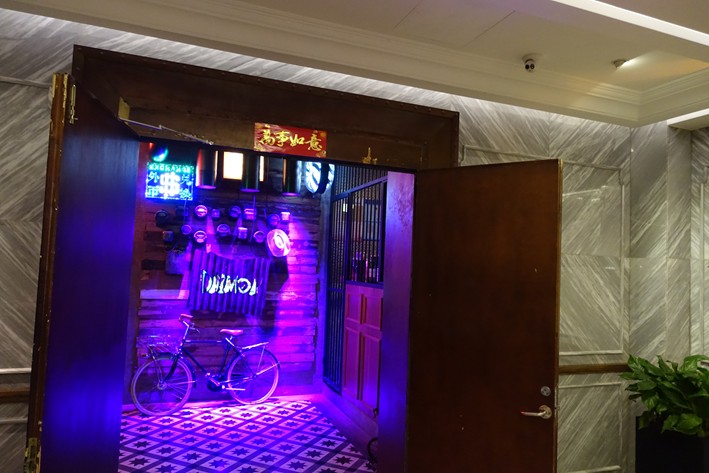





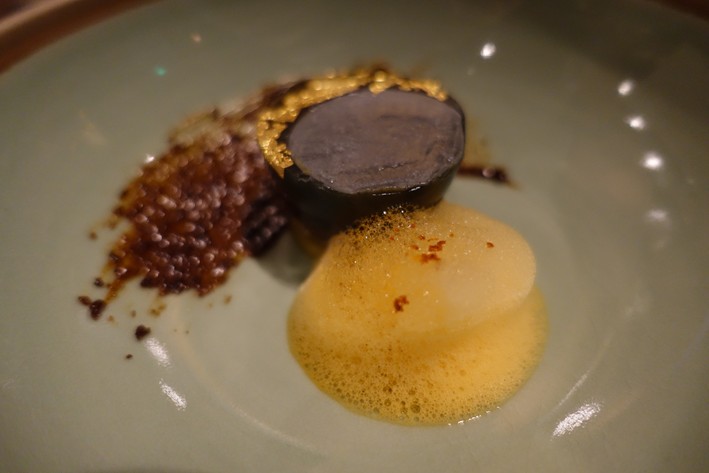
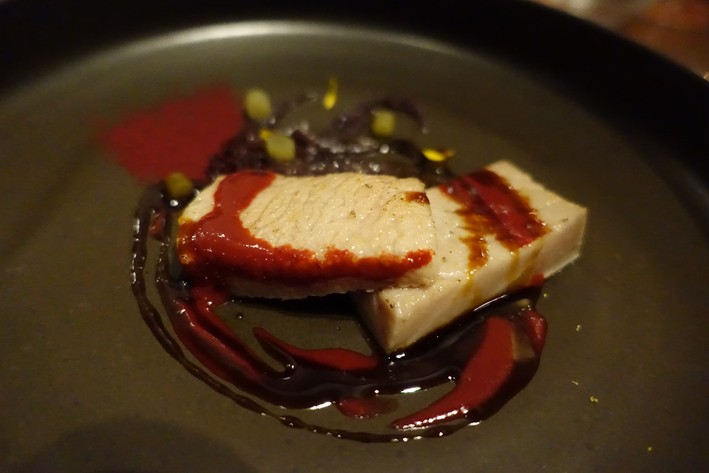

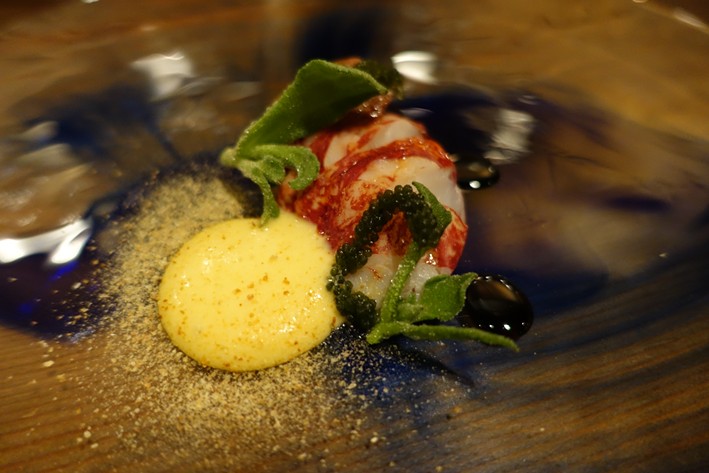
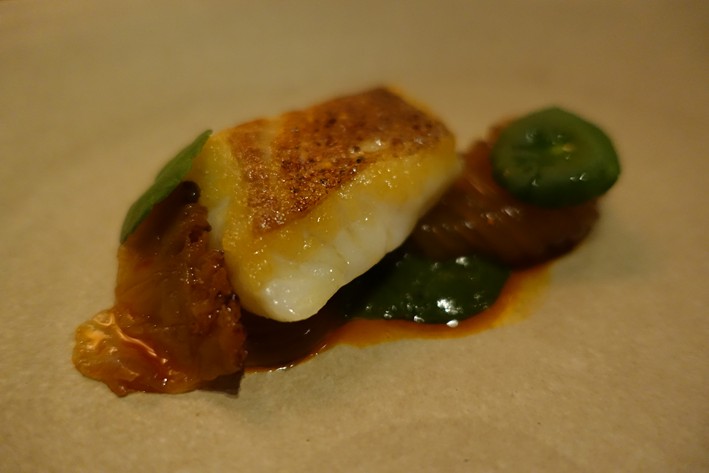
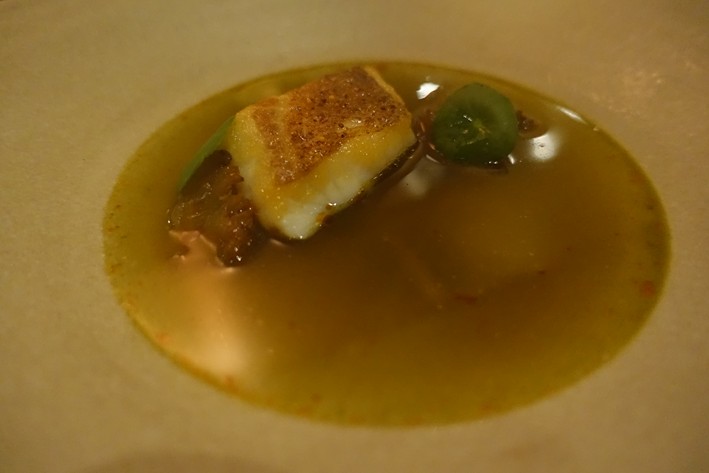
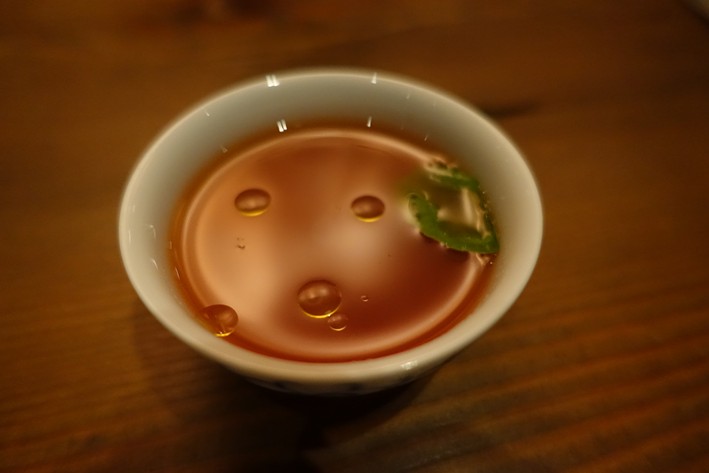

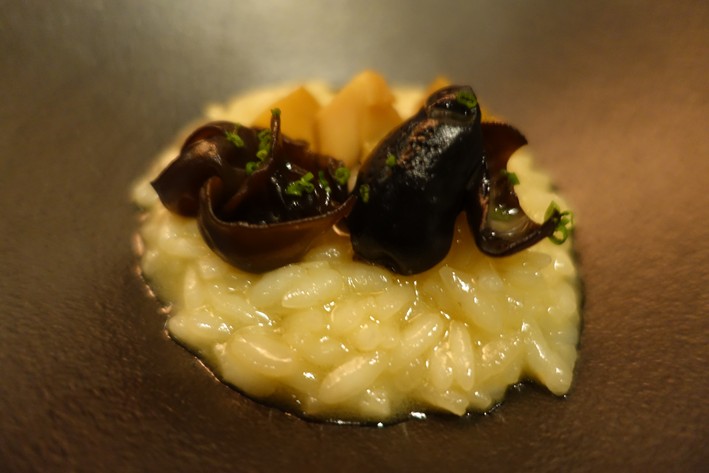
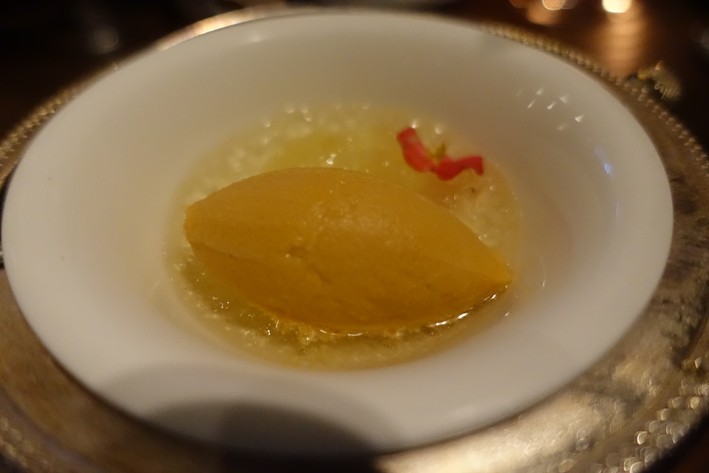
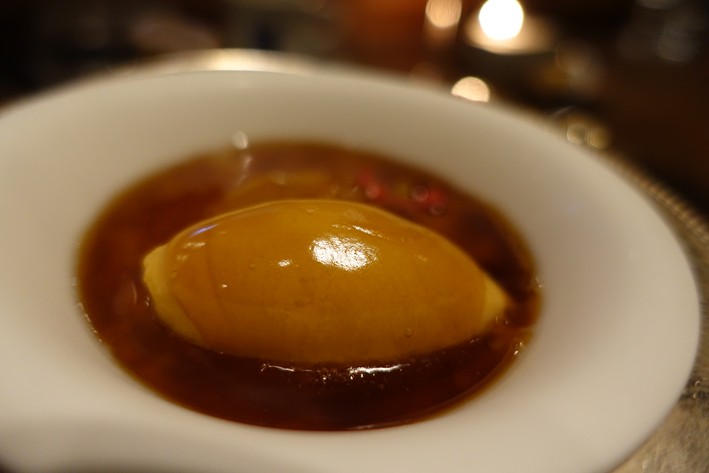

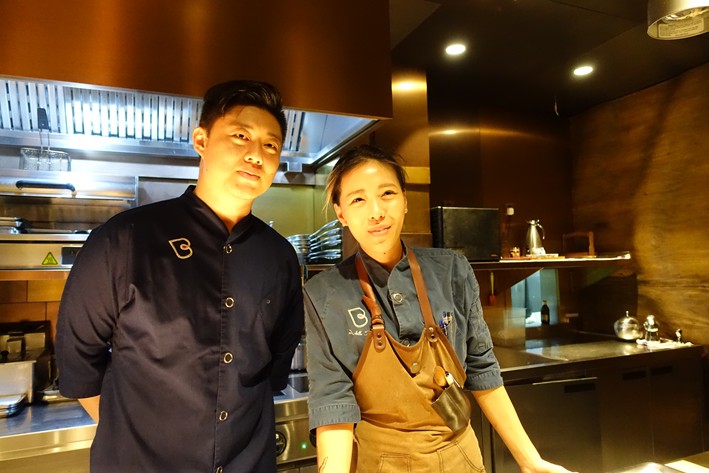
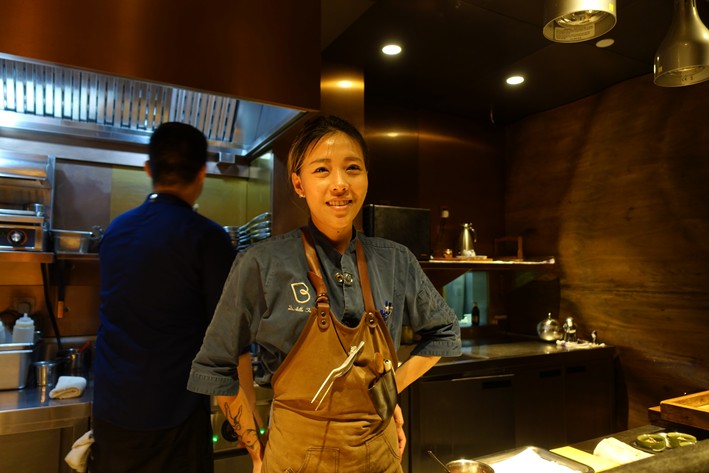

Add a comment
Thank you for submitting your comment, this will be checked and added to the website very soon.
User comments